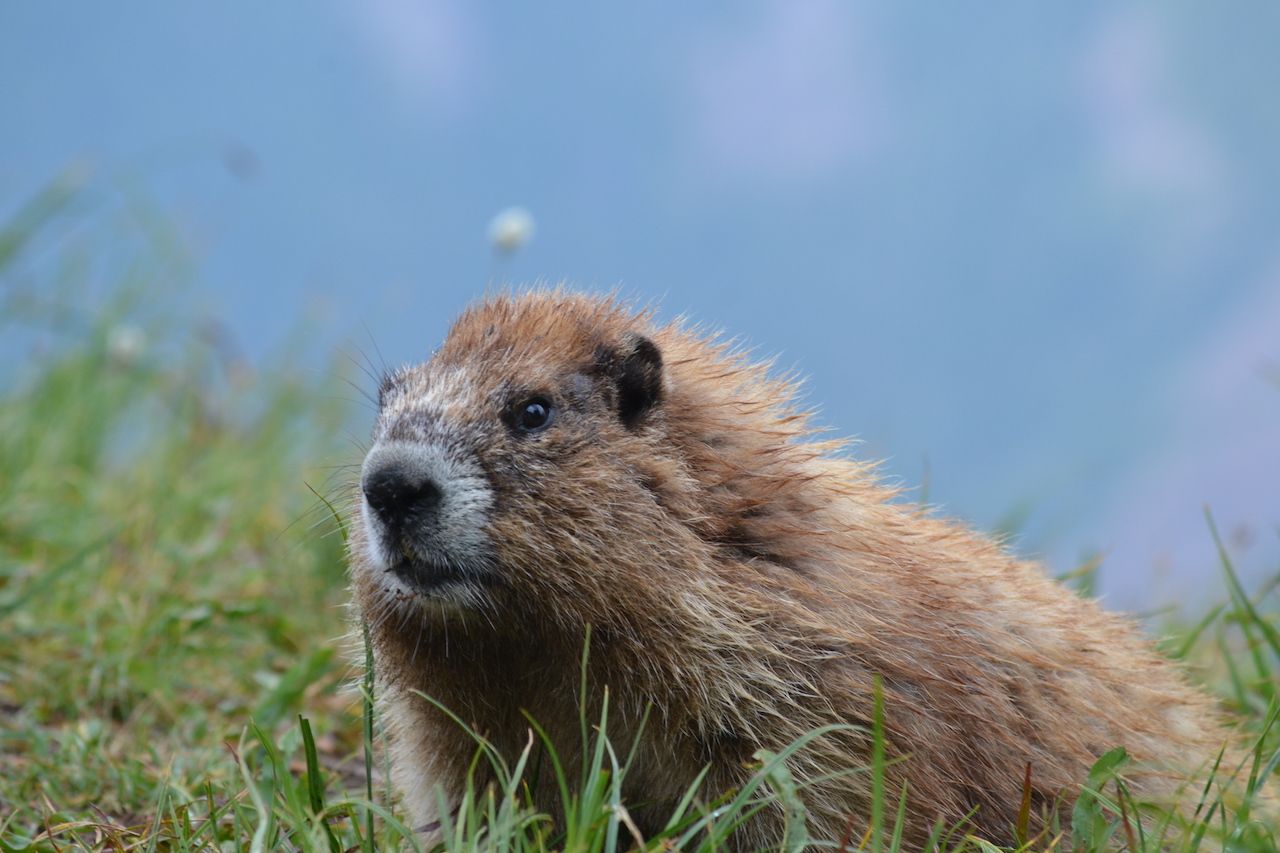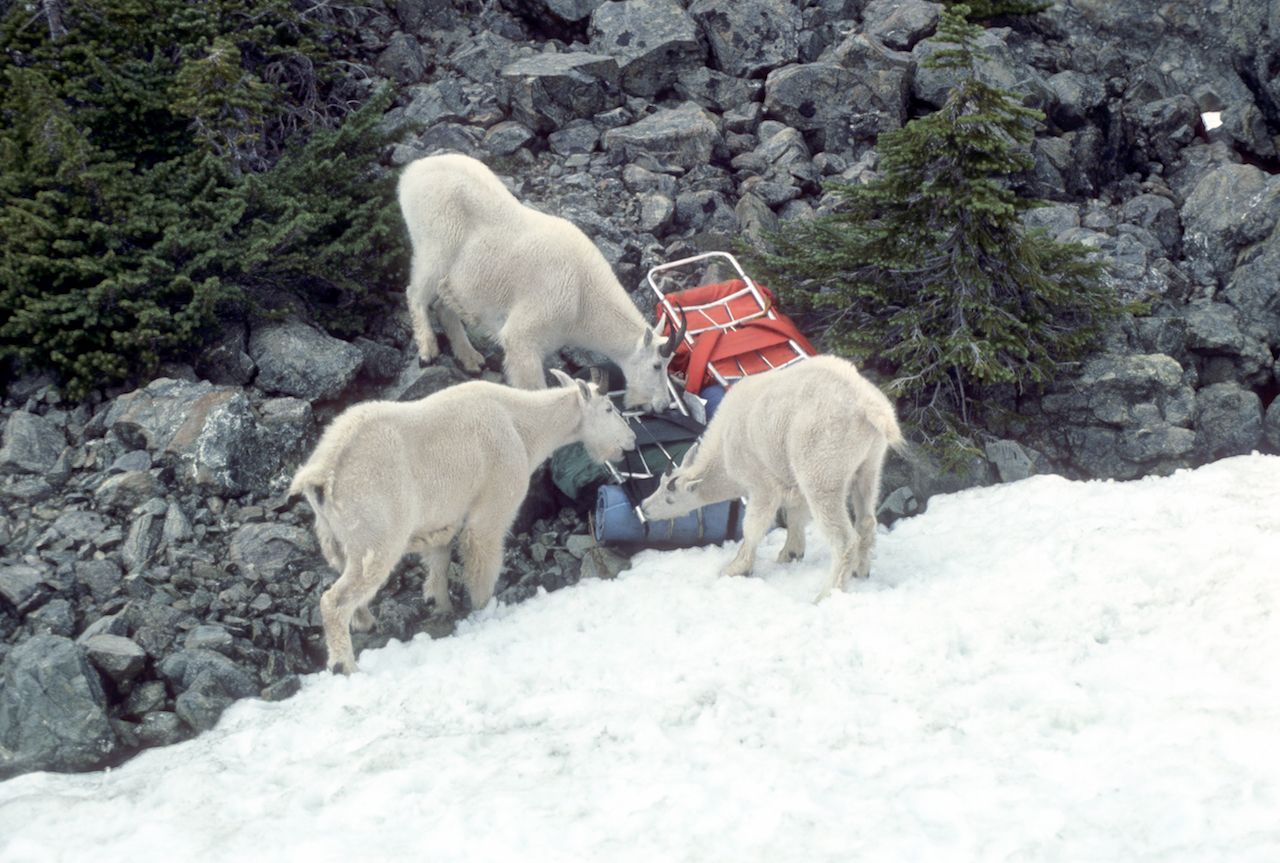Imagine hiking through lush rainforest in Olympic National Park in Washington state. Your hike climbs up and up into the alpine lakes and meadows of the Olympic mountains. You climb until you stand upon a peak, looking down on it all — the mountains, rivers, lakes, and trees. You look up and see a mountain goat high above you, limp with sedation, being carried in a sling beneath a helicopter, gliding across the sky.
Last summer, the National Park Service began a project to relocate mountain goats out of the Olympic Peninsula, where they are a non-native species. The goats are shot with tranquilizer darts, flown by helicopter out of the mountains, and transported to their natural habitats in the Cascade Range.




